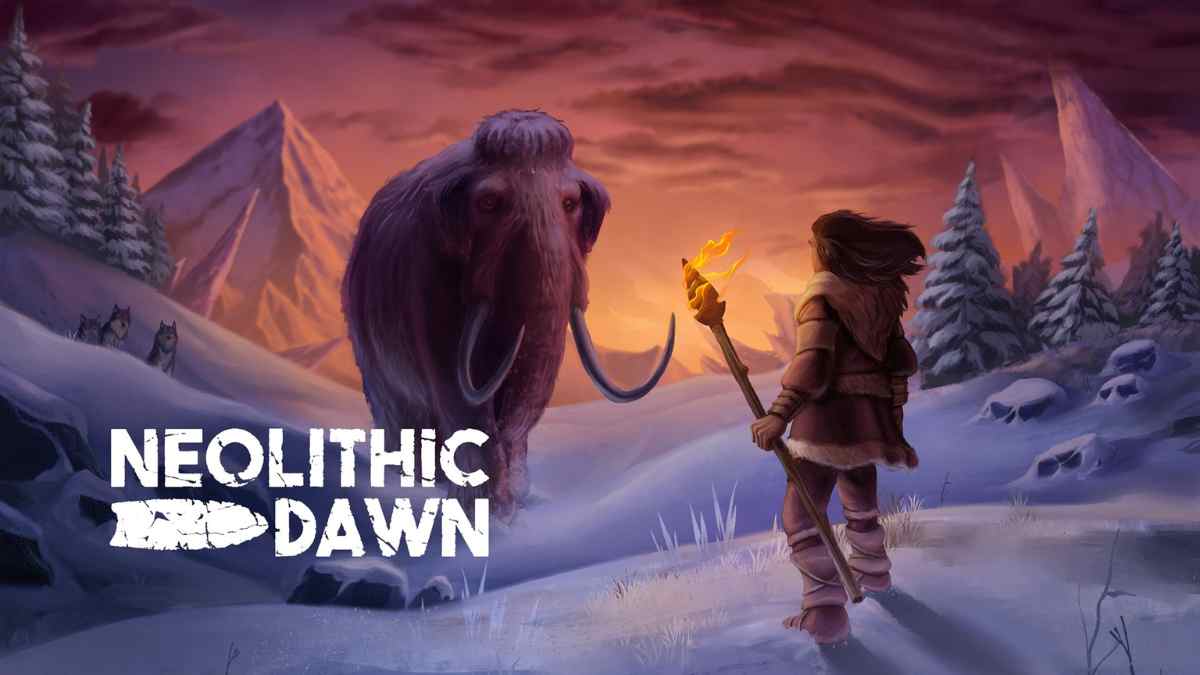Most survival games focus on speed gather, craft, fight, repeat. Neolithic Dawn is aiming for something slower. Set in a prehistoric world stripped of modern systems, the game leans into patient, hands-on survival with a strong emphasis on realism and scale.
The early access version is scheduled to arrive this August on Steam. It’s a solo project, and that shows in both its raw ambition and its experimental pace. But what’s already in place suggests a clear vision, even if the edges are still rough.
A survival loop built for long sessions
Rather than chasing quick resource cycles or short-term upgrades, Neolithic Dawn is built around extended progression. You start with basic tools, limited knowledge, and no shortcuts. Crafting isn’t just about combining items. It’s tied to knowledge systems that require trial and error or direct learning through in-world discovery.
There’s no combat yet. The current focus is on survival fundamentals: shelter, crafting, navigation, and slowly taming the environment. In a market full of combat-heavy survival games, that absence stands out. Whether it stays that way long-term is unclear, but for now, the experience is focused on atmosphere and mechanics over conflict.
Full VR immersion with minimal UI
The game is designed for PC VR and built entirely around immersive interaction. That means no floating menus or detached inventories. You manipulate objects directly, with physics-based interaction dictating most of the gameplay. You shape wood by hand, build structures by placing individual materials, and scan the environment by moving your head not clicking through tabs.
This tactile approach fits the game’s deliberate pacing. Nothing happens fast. And that’s intentional. It wants to make the player feel embedded in a real place, not rushing through a crafting checklist.
Visuals prioritize scale and simplicity
Graphically, Neolithic Dawn isn’t pushing technical boundaries. The textures are basic, the color palette muted, and the lighting minimal. But it uses that simplicity to its advantage. The world feels big and open, with a sense of space that suits slow exploration.
Environments are natural and undeveloped, with no clear landmarks or obvious paths. That pushes players to pay attention to their surroundings in ways most survival games gloss over. You’re not following a HUD marker. You’re watching the sun, tracking river bends, or building visual memory of terrain.
Roadmap focused on core systems, not content overload
The early access release won’t feature multiplayer or deep story content. The dev is instead focused on core systems crafting refinement, biome expansion, and long-term save stability. It’s a methodical rollout. No promises of massive patches every two weeks. Just incremental steps toward a stable, extensible sandbox.
The game is single-player only for now, and that’s probably the right call. The systems in place require slow iteration and direct feedback. Multiplayer would complicate that without adding much value in the current build.
An experiment in slow survival
Neolithic Dawn isn’t trying to be flashy. There are no daily login rewards, no streamlined fast-travel, no boss fights or raid mechanics. It’s a world built for people who want to settle into a space, work with systems over time, and accept that progress is measured in hours, not minutes.
That might not appeal to everyone. But for players who like long-term worldbuilding or want a VR survival game that doesn’t rush the experience, it’s shaping up to be a notable entry in a still-niche category. Whether it can keep momentum post-launch will depend on how well the early systems hold up across dozens of hours. For now, it’s an interesting swing at something different.
Virtual Reality Explorer & Game Reviewer
Always the first to plug in. VRSCOUT dives head-first into the most immersive VR worlds, analyzing mechanics, comfort, innovation, and that elusive “presence” factor. If he says it’s worth it, it probably is.




